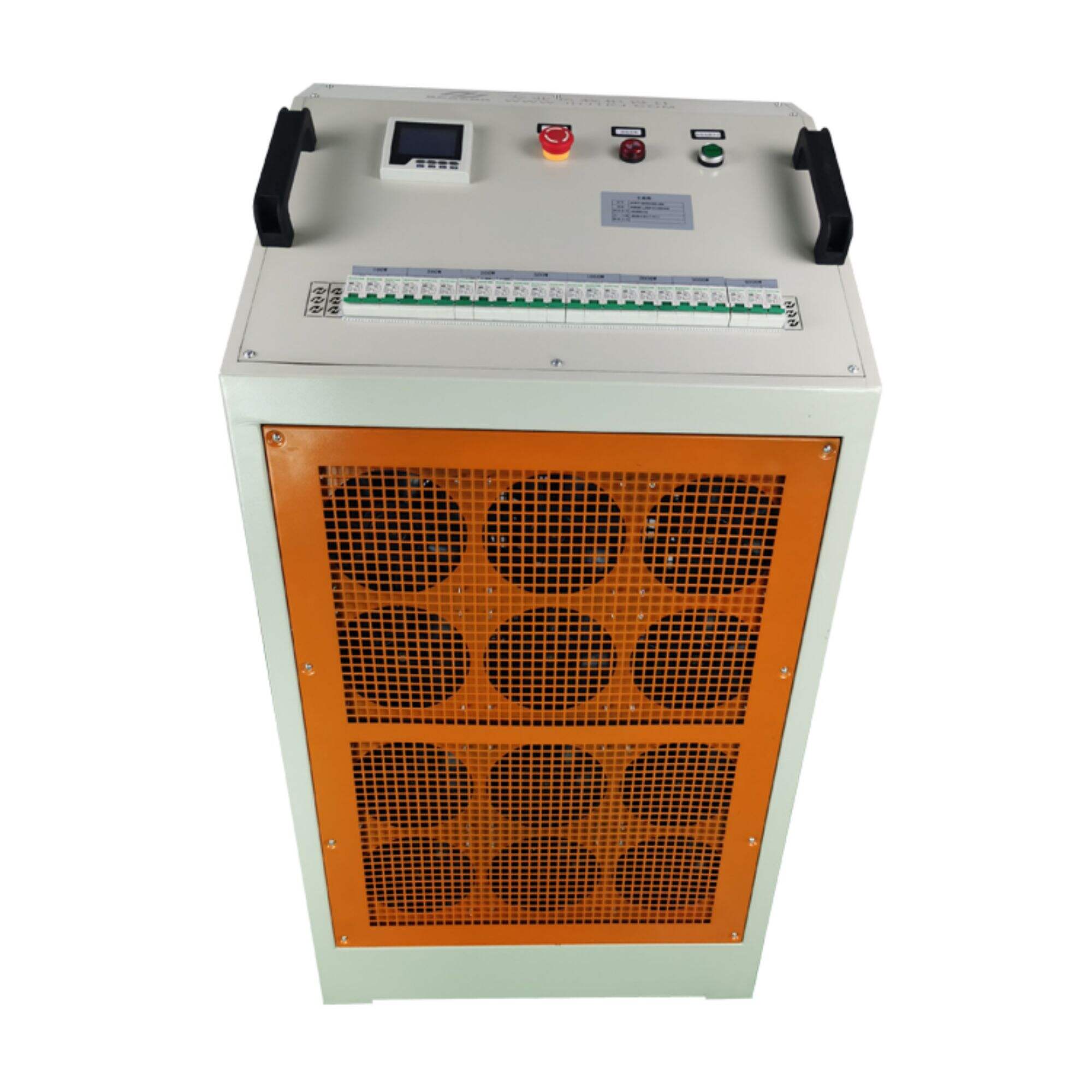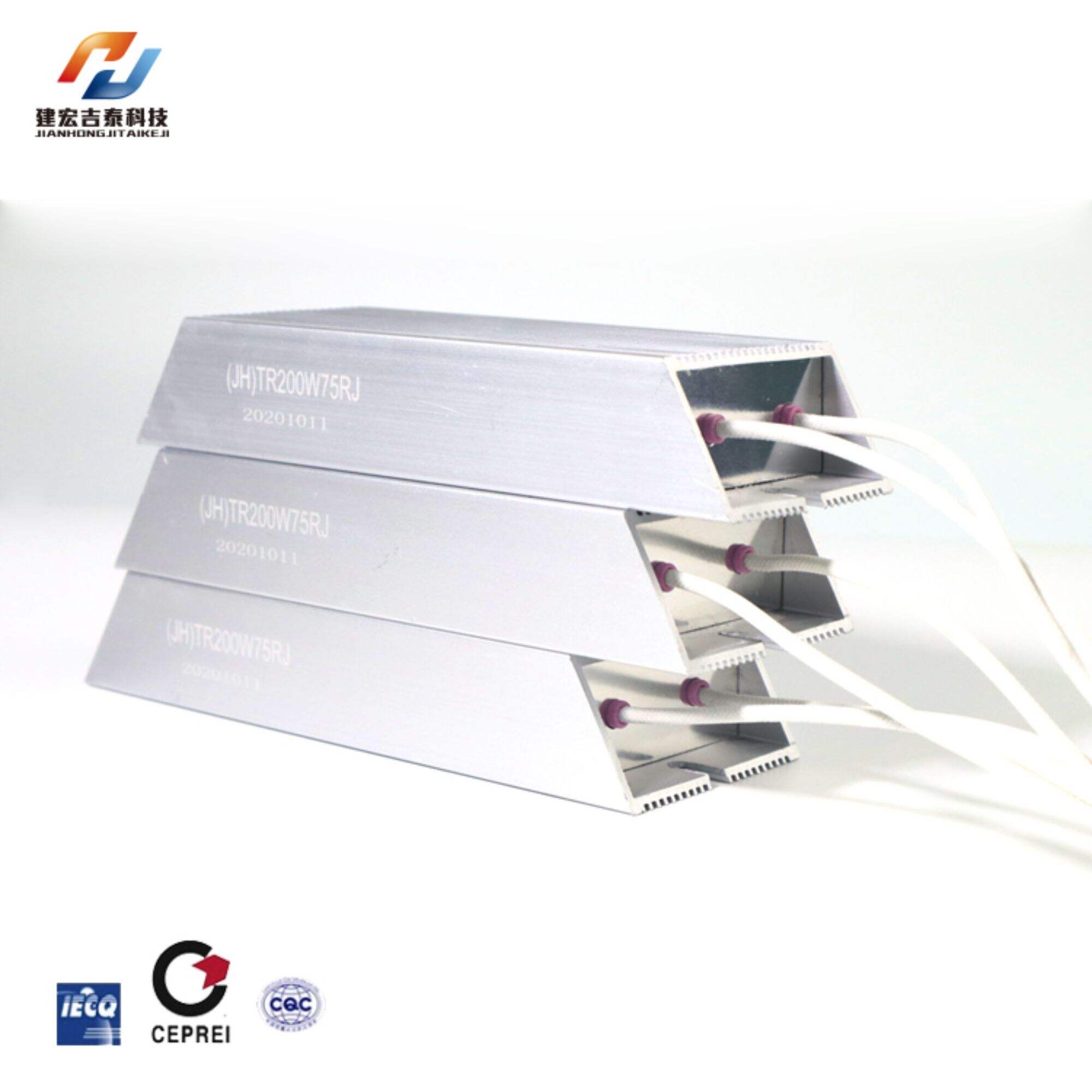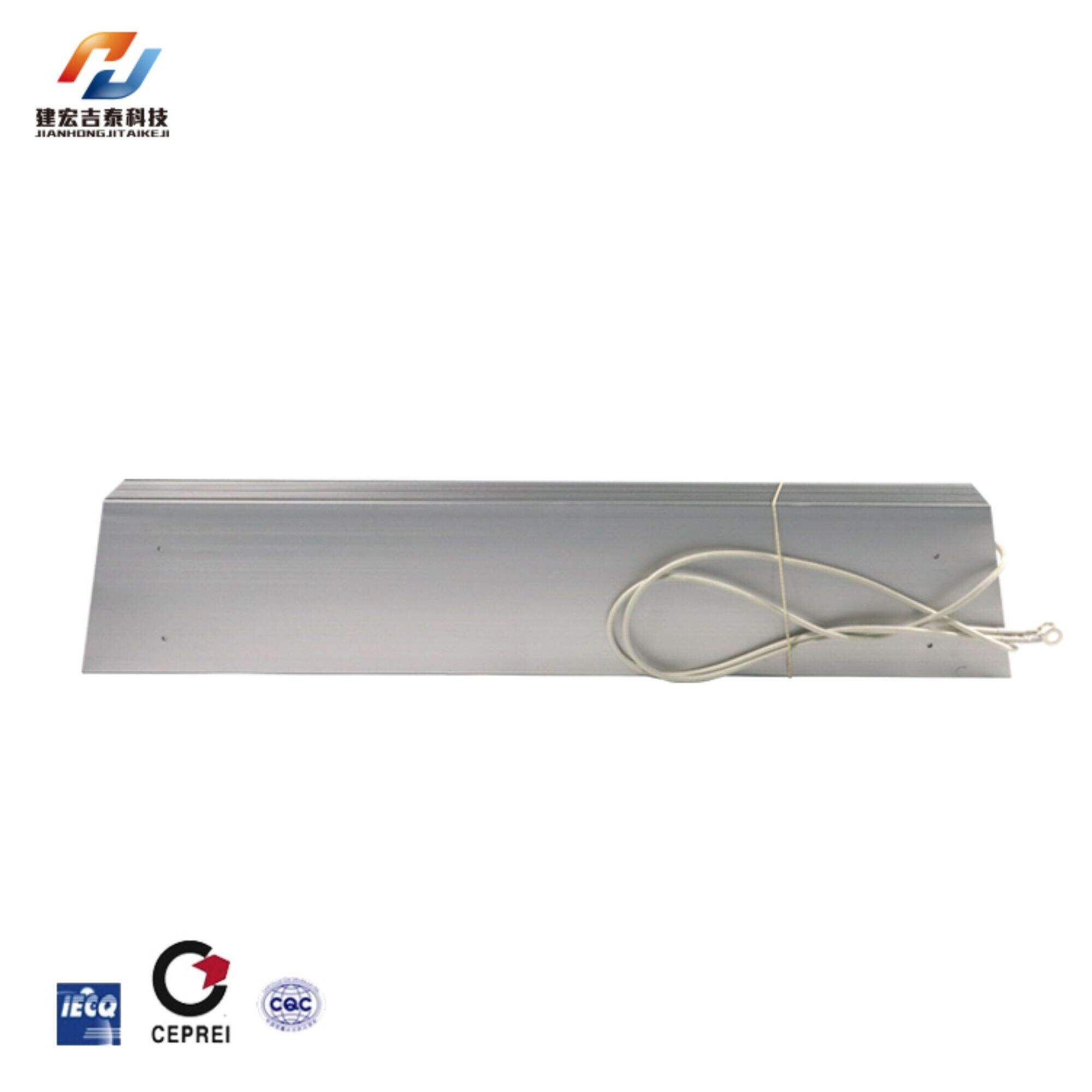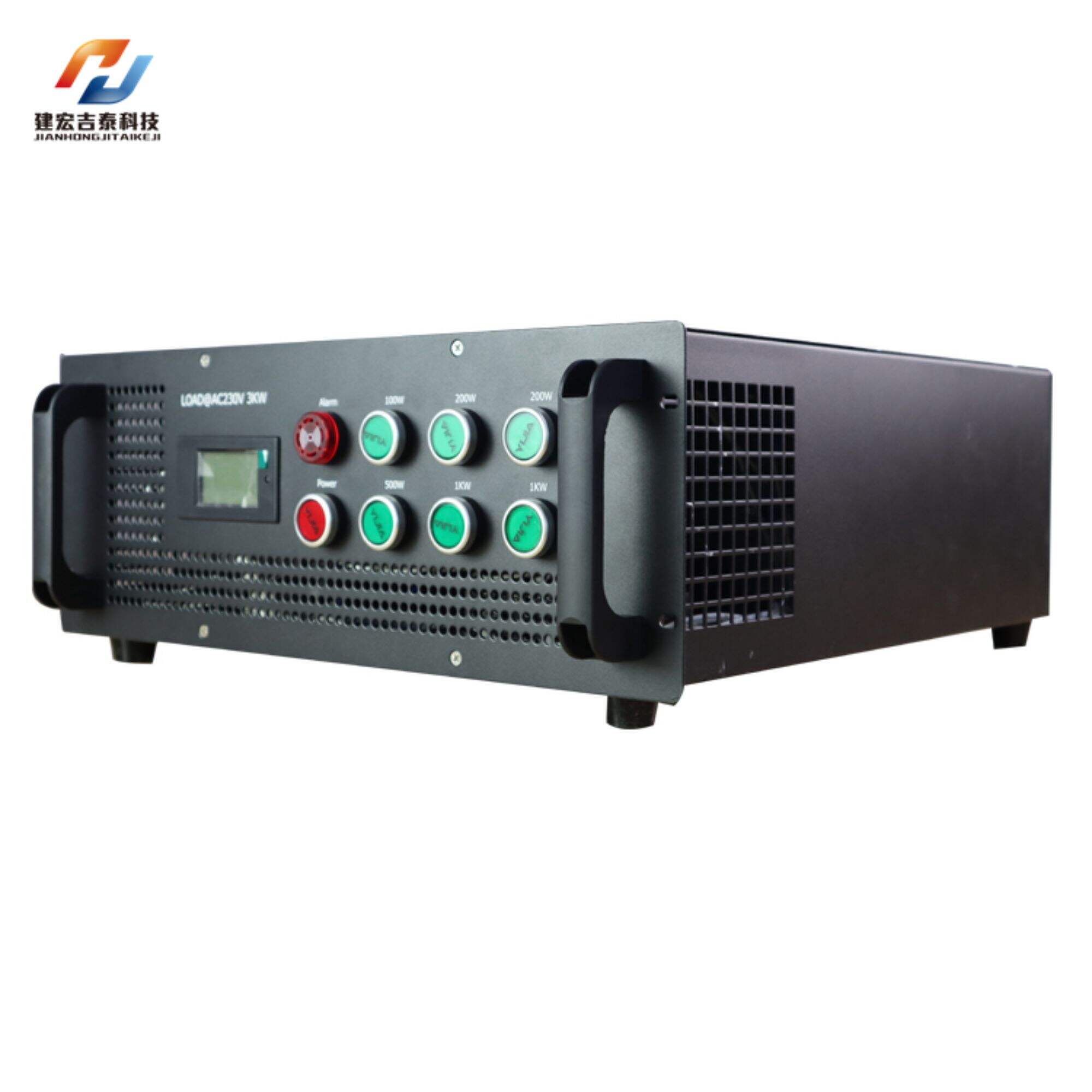How Resistors Work And Their Applications In Circuits
A resistor is a common electronic component that limits the size and direction of current. Resistors work by exploiting the resistive properties of a material, which is how well it blocks the flow of electricity. The unit of resistance is ohms (Ω), and the size of the resistance depends on the type, shape and temperature of the material. The resistance value of a resistor is usually identified by a color barcode or number, and different colors represent different values.
Resistors are widely used in circuits. They can realize functions such as current control, voltage division, filtering, biasing, and matching. Current control is the most basic function of a resistor. It can adjust the size of the current according to Ohm's law (V=IR), where V is the voltage, I is the current, and R is the resistance. For example, if there is a 5V power supply and a $100Ω resistor in a circuit, the current through the resistor is 5V/100Ω=0.05A, or 50mA. If the resistor is replaced with $200Ω$, then the current becomes 5V/200Ω=0.025A, which is 25mA. In this way, the magnitude of the current can be controlled by changing the resistance value of the resistor.
Resistors can also be used to protect other components in the circuit. For example, if there is a 5V power supply and a 1Ω resistor in a circuit, then the current through the resistor is 5V/1Ω=5A, which may be too large. , causing the circuit to overheat or be damaged. In order to avoid this situation, you can add a suitable resistor to the circuit, such as $100Ω$, then the current will be reduced to 5V/100Ω=0.05A, which is 50mA, thus protecting the safety of the circuit.
Resistors can also be used to divide voltage, i.e. split one voltage into two or more different voltages. This takes advantage of the resistor's voltage division law, which means that if there are two or more resistors in series in a circuit, the voltage from the power supply will be distributed to each resistor in proportion to the resistor. For example, if a circuit has a 10V power supply and two resistors, one 100Ω and one 200Ω, then the voltage across the 100Ω resistor is 10V imes 100Ω/(100Ω+200Ω)=3.33V , the voltage on the 200Ω resistor is 10V imes 200Ω/(100Ω+200Ω)=6.67V. In this way, you can get two different voltages for different purposes.
Resistors can also be used for filtering, which is to remove noise or interfering signals from a circuit. This uses a combination of resistors and capacitors or inductors to form a low-pass, high-pass, band-pass or band-reject filter. A low-pass filter only allows low-frequency signals to pass, a high-pass filter only allows high-frequency signals to pass, a band-pass filter only allows a certain range of frequency signals to pass, and a band-stop filter only blocks a certain range of frequencies. frequency signal passes. For example, if a circuit has a 100Ω resistor and a 1μF capacitor in parallel, then the circuit is a low-pass filter, and its cutoff frequency is 1/(2pi RC)=1.59kHz, that is, only frequencies below Only signals at 1.59kHz can pass through, and signals above 1.59kHz will be filtered out.
Resistors can also be used to bias, that is, to provide a stable operating voltage or current for certain components in a circuit. This uses the voltage dividing function of the resistor to provide a suitable bias voltage or current for the transistors, diodes, op amps and other components in the circuit to keep them in normal working condition. For example, if there is a 10V power supply and a 100Ω resistor in a circuit, then there will be a voltage of 10V across the resistor. If the base of a transistor is connected to one end of the resistor, then the base of the transistor will The voltage is 10V, which turns the transistor on.
Resistors can also be used to match, i.e., the resistances of different parts of a circuit are equal or similar to increase the efficiency and stability of the circuit. This takes advantage of the resistor's impedance characteristics, that is, how much the resistor blocks AC signals. Impedance is also measured in ohms (Ω), and its magnitude depends on the frequency of the signal and the inductance or capacitance of the resistor. The impedance of a resistor can be calculated using Ohm's law (V=IZ), where V is voltage, I is current, and Z is impedance. For example, if a circuit has a 10V AC source and a 100Ω resistor, the current through the resistor is 10V/100Ω = 0.1A, regardless of the frequency of the source. If you connect a 100Ω load to one end of the resistor, then the circuit is matched and the power from the power supply can be fully transferred to the load. If the impedance of the load is not 100Ω, then the circuit is mismatched, and part of the power from the power supply will be reflected back, causing circuit loss and interference.
To sum up, the working principle of a resistor is to use the resistance characteristics of the material to limit and distribute the current. Resistors are widely used in circuits. They can realize current control, voltage division, filtering, biasing, matching and other functions, which facilitate the design and optimization of circuits. Understanding how resistors work and the basics of circuits can help us better understand and use electronic devices.
Recommended Products
Hot News
-
What Are The Functions Of The Ac Load Box For Power Supply Detection And Maintenance
2024-01-11
-
The Use Characteristics And Methods Of The Load Bank Of The Generator Set
2024-01-11
-
The function of the load bank
2024-01-09
-
Explore The Types And Characteristics Of Resistors: Fixed And Variable Resistors
2024-01-09
-
How Resistors Work And Their Applications In Circuits
2024-01-09

 EN
EN
 AR
AR
 BG
BG
 HR
HR
 CS
CS
 DA
DA
 NL
NL
 FI
FI
 FR
FR
 DE
DE
 EL
EL
 IT
IT
 JA
JA
 KO
KO
 NO
NO
 PL
PL
 PT
PT
 RO
RO
 RU
RU
 ES
ES
 SV
SV
 TL
TL
 ID
ID
 LT
LT
 SR
SR
 SK
SK
 UK
UK
 VI
VI
 HU
HU
 TH
TH
 TR
TR
 AF
AF
 MS
MS
 GA
GA
 BN
BN
 LO
LO
 LA
LA
 NE
NE
 MY
MY
 UZ
UZ













